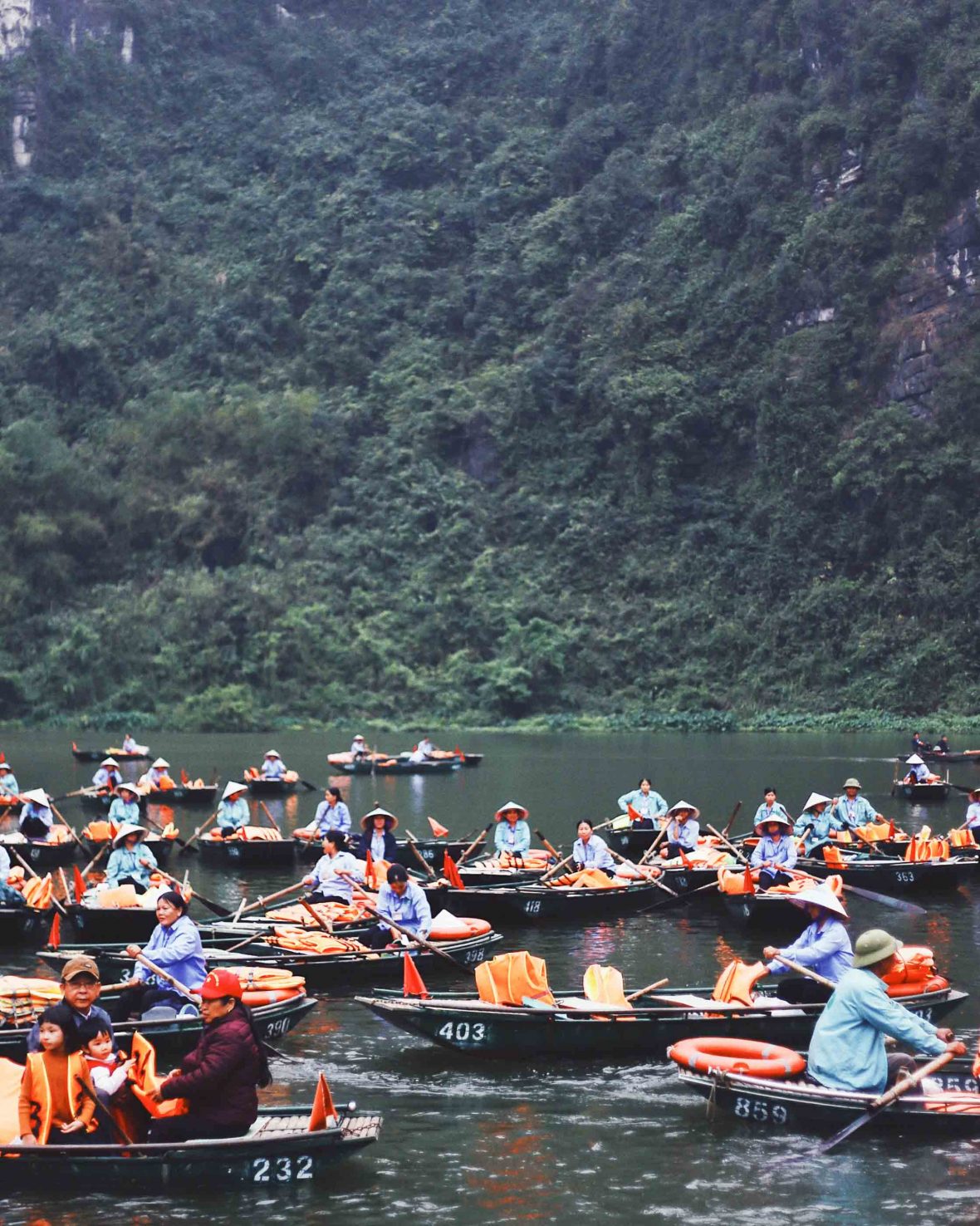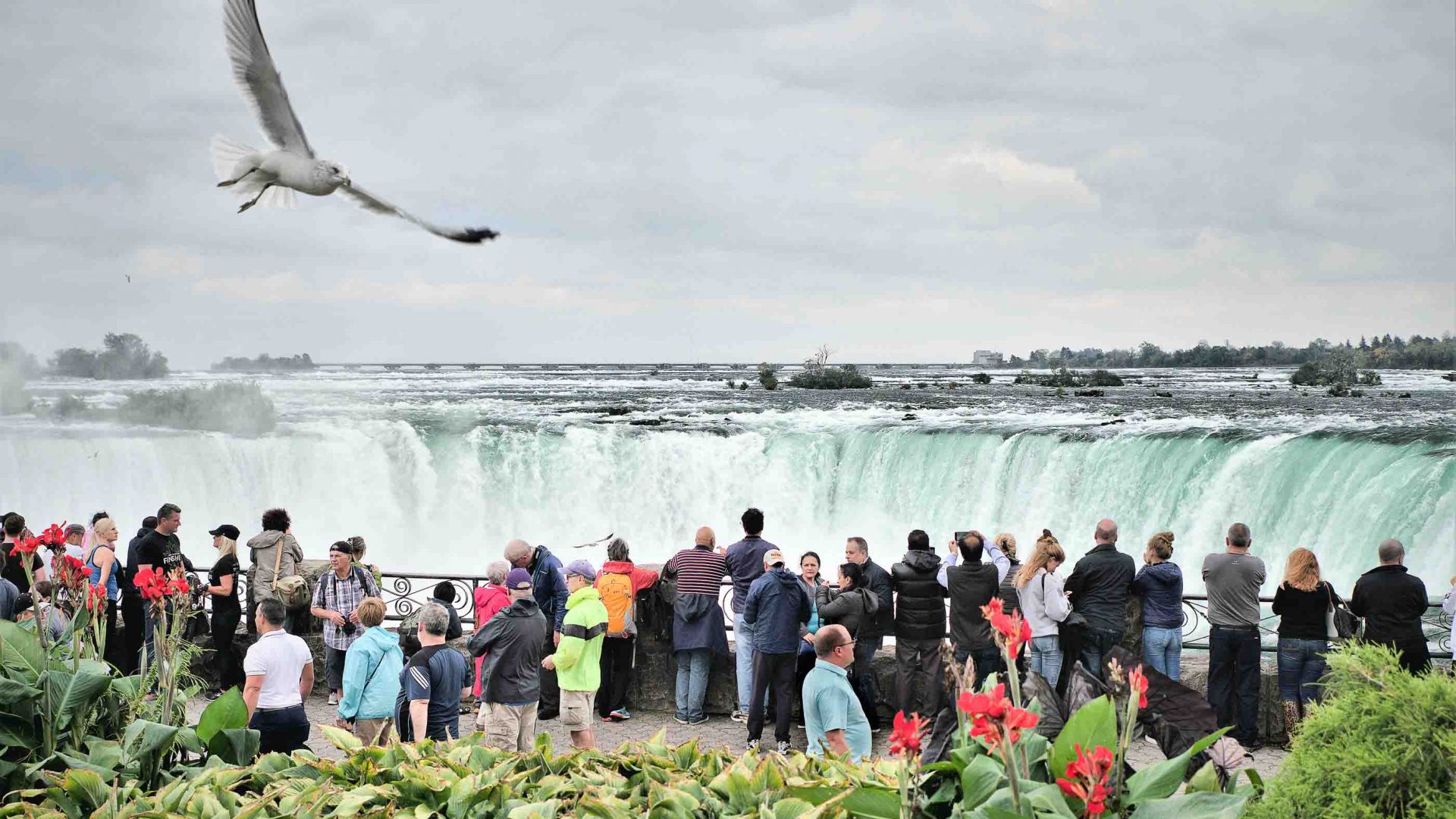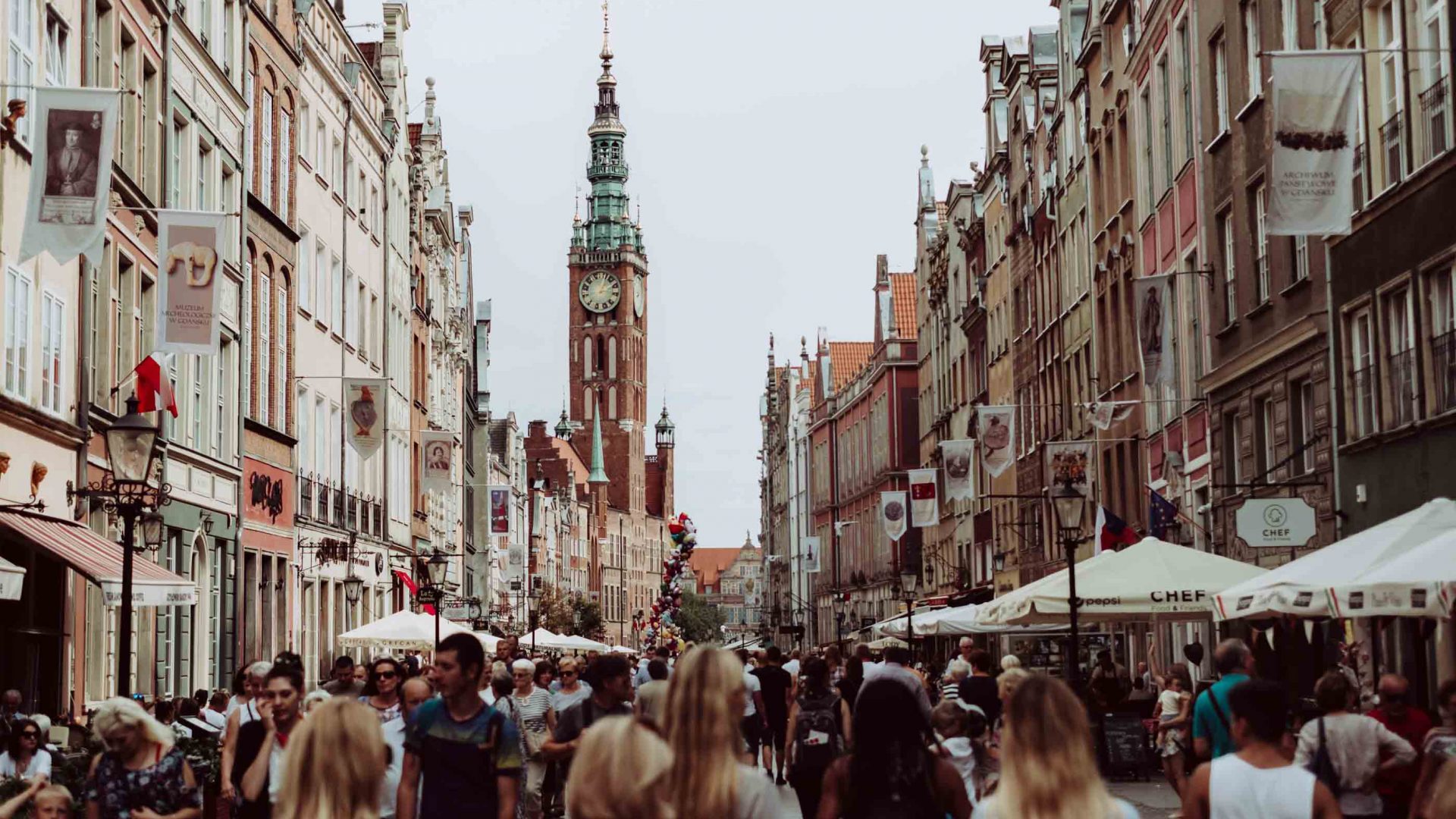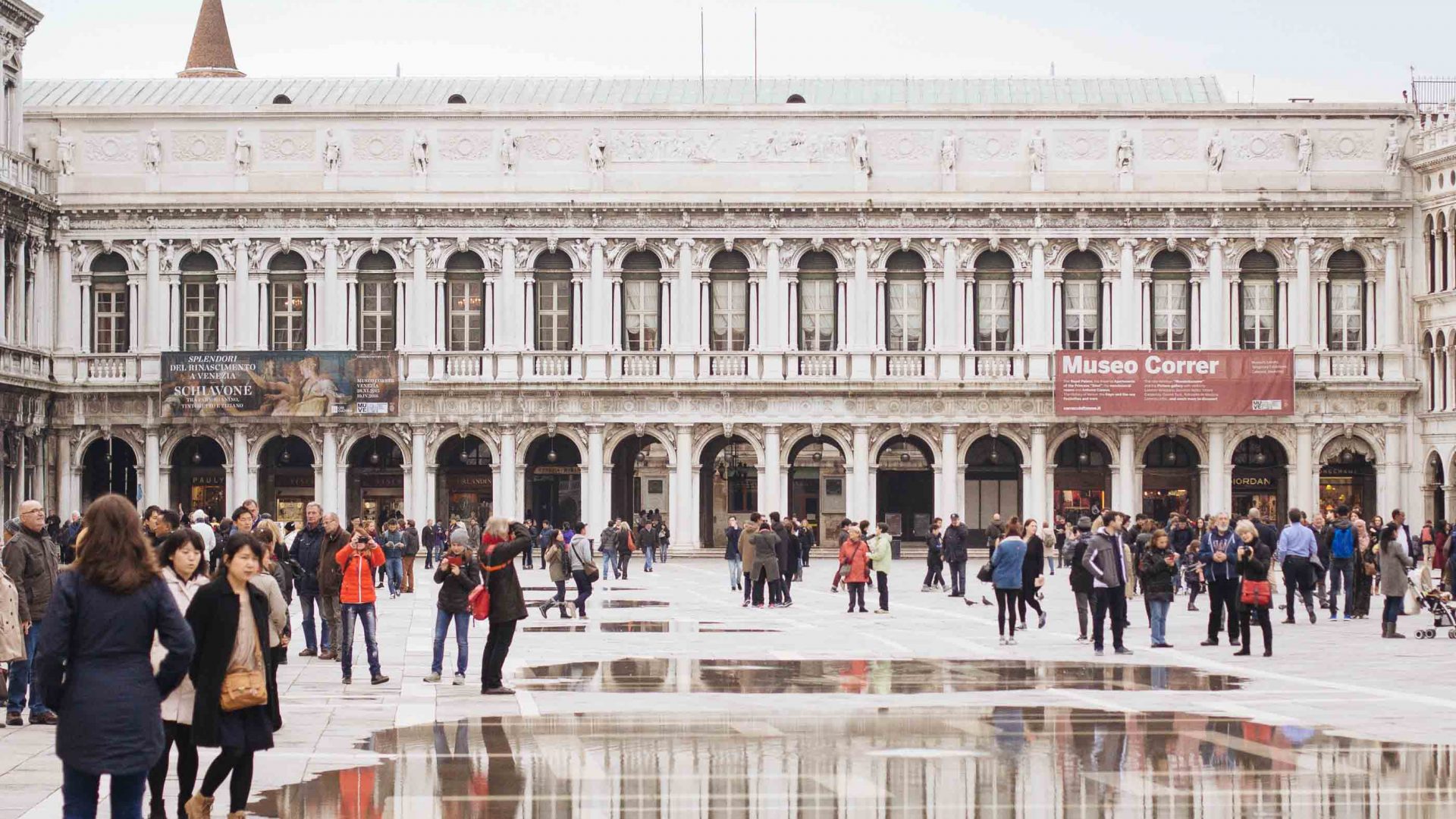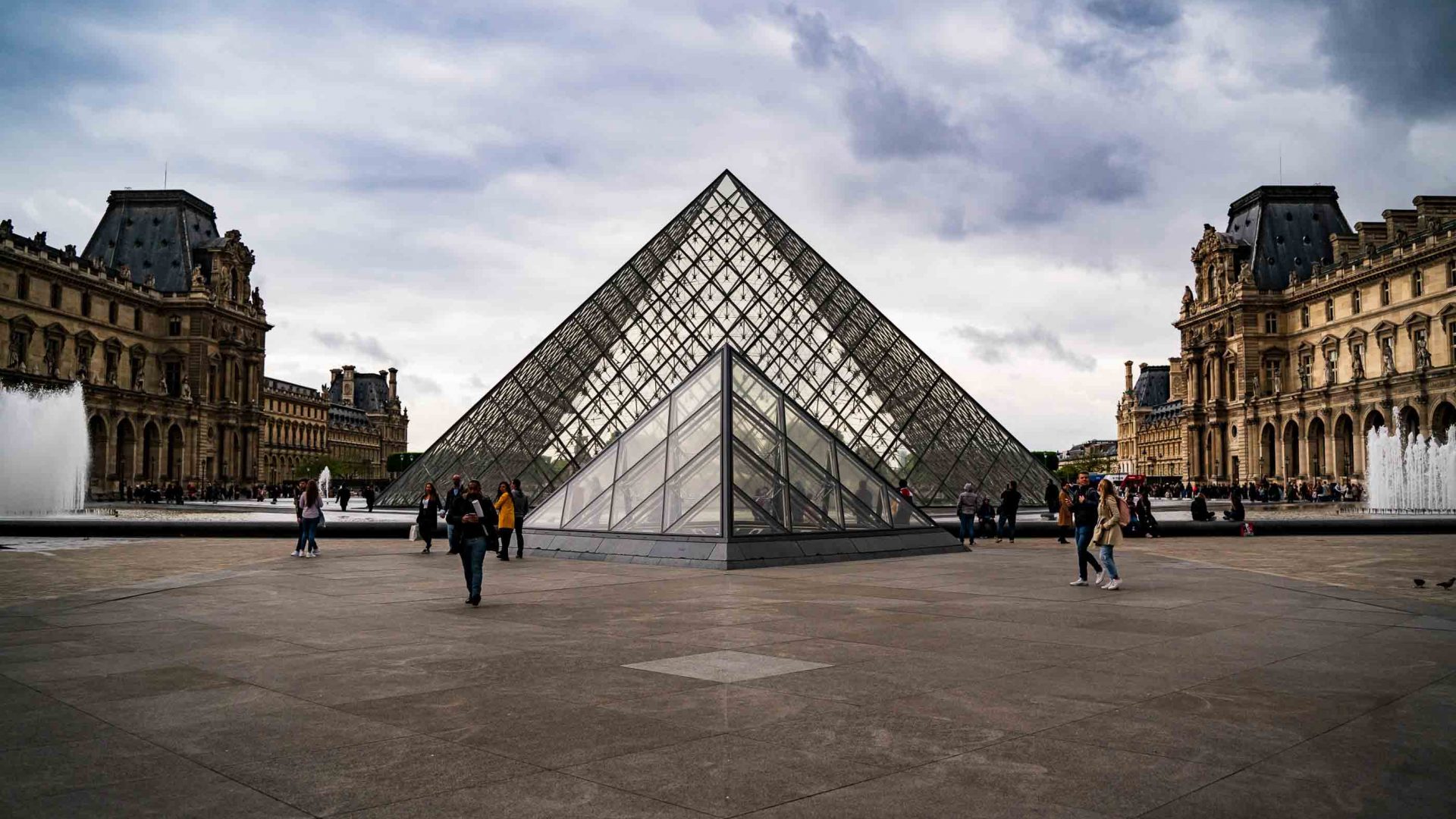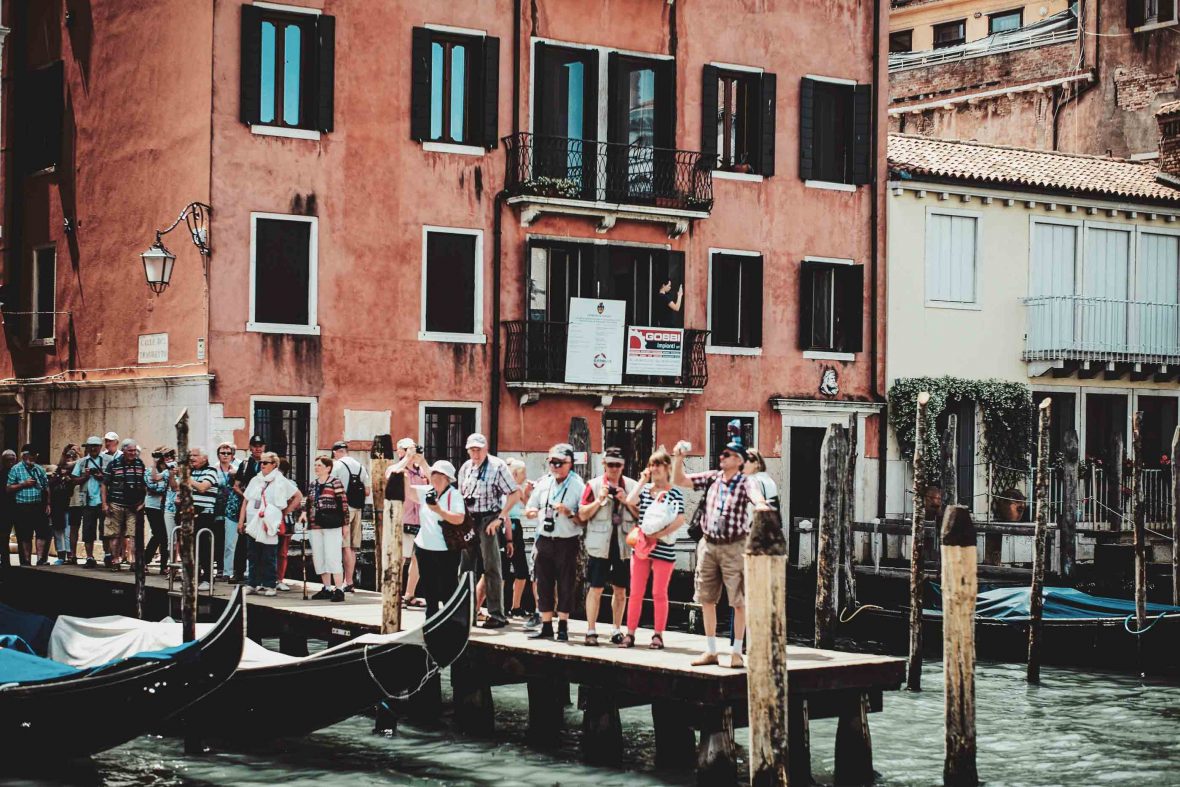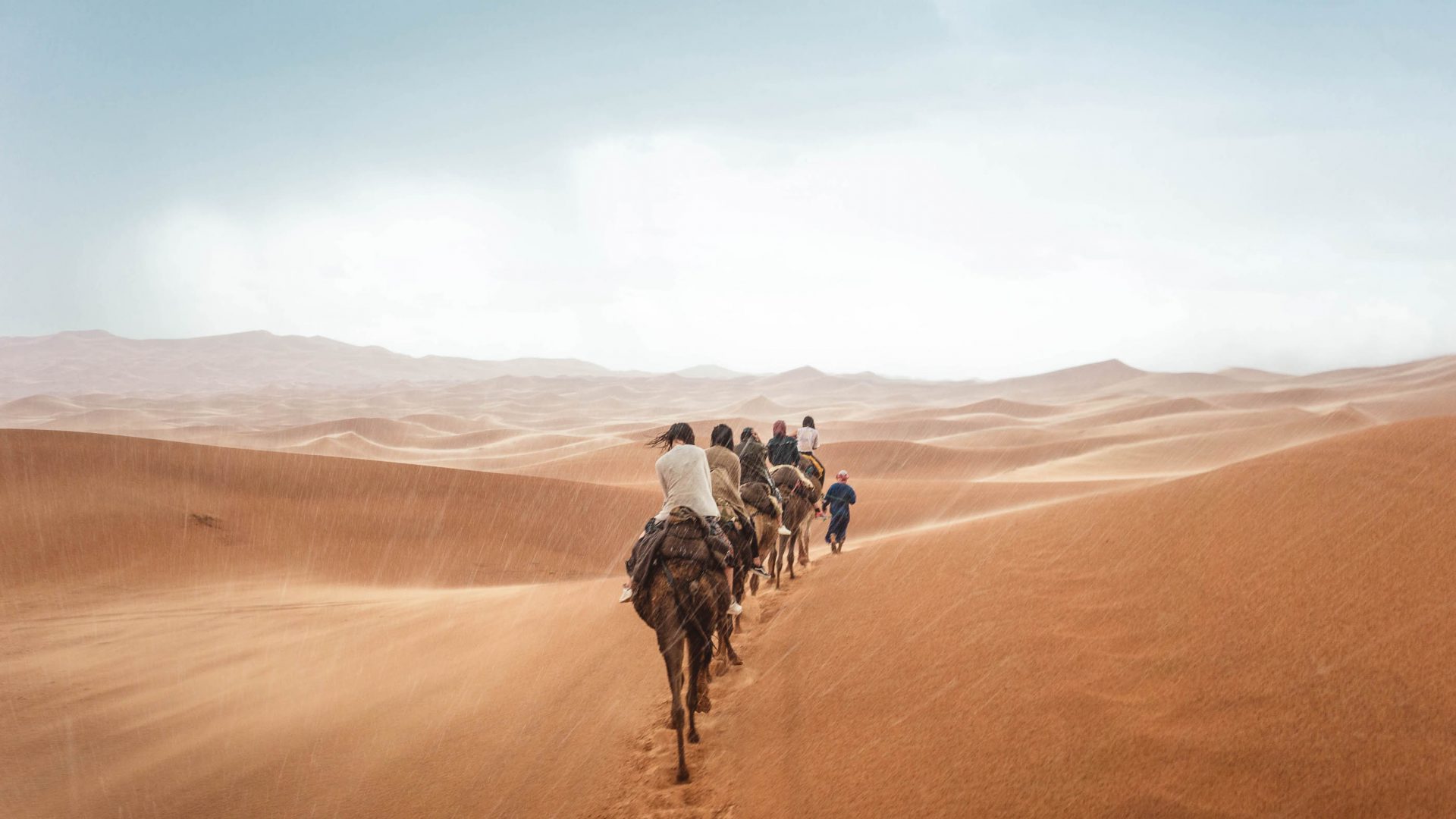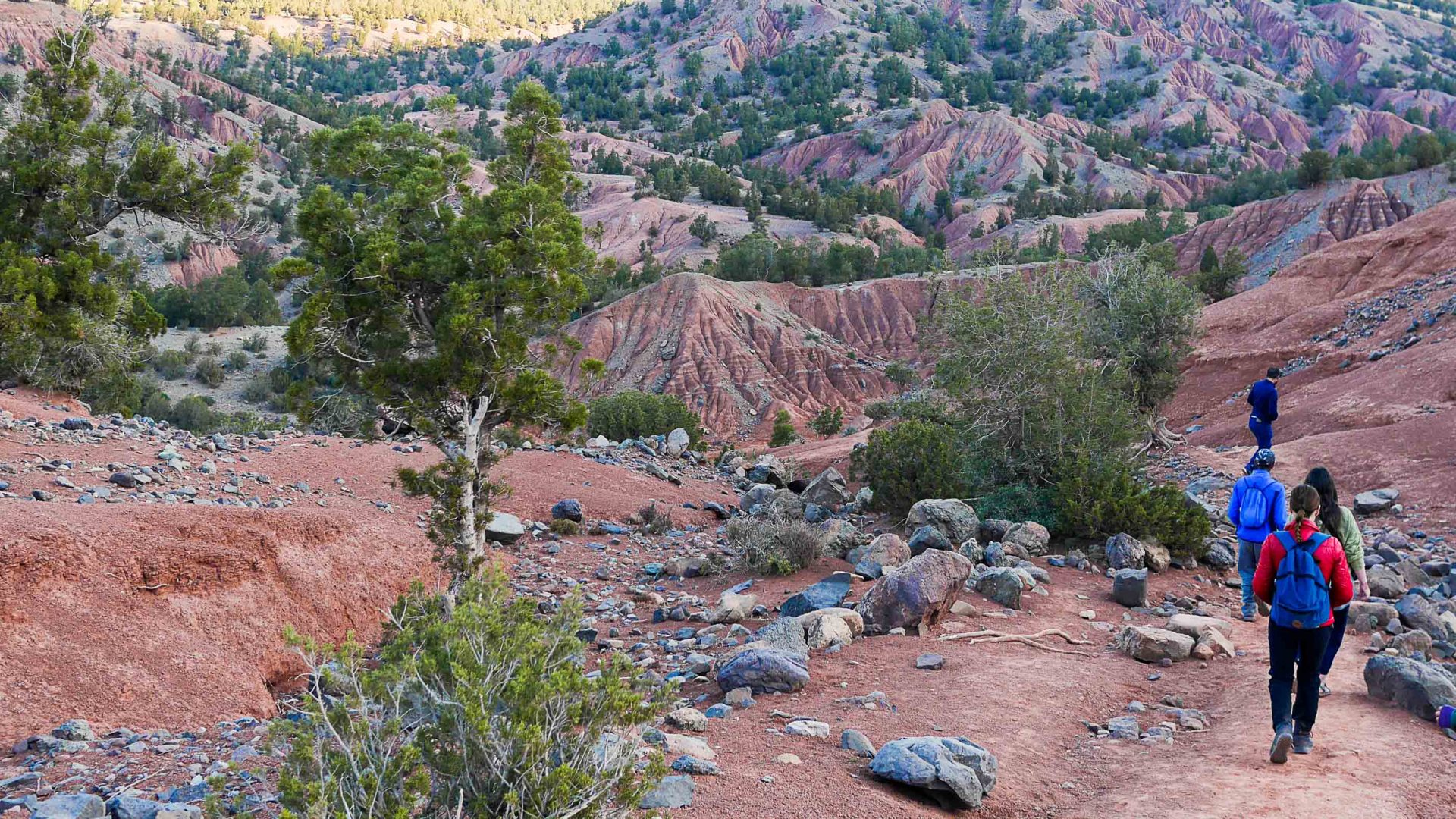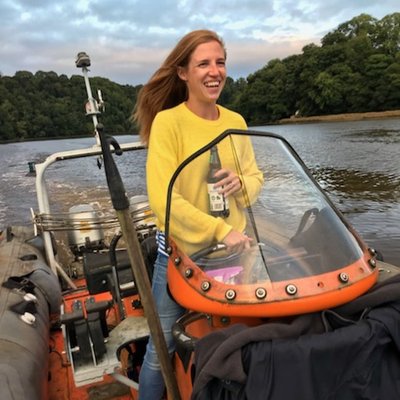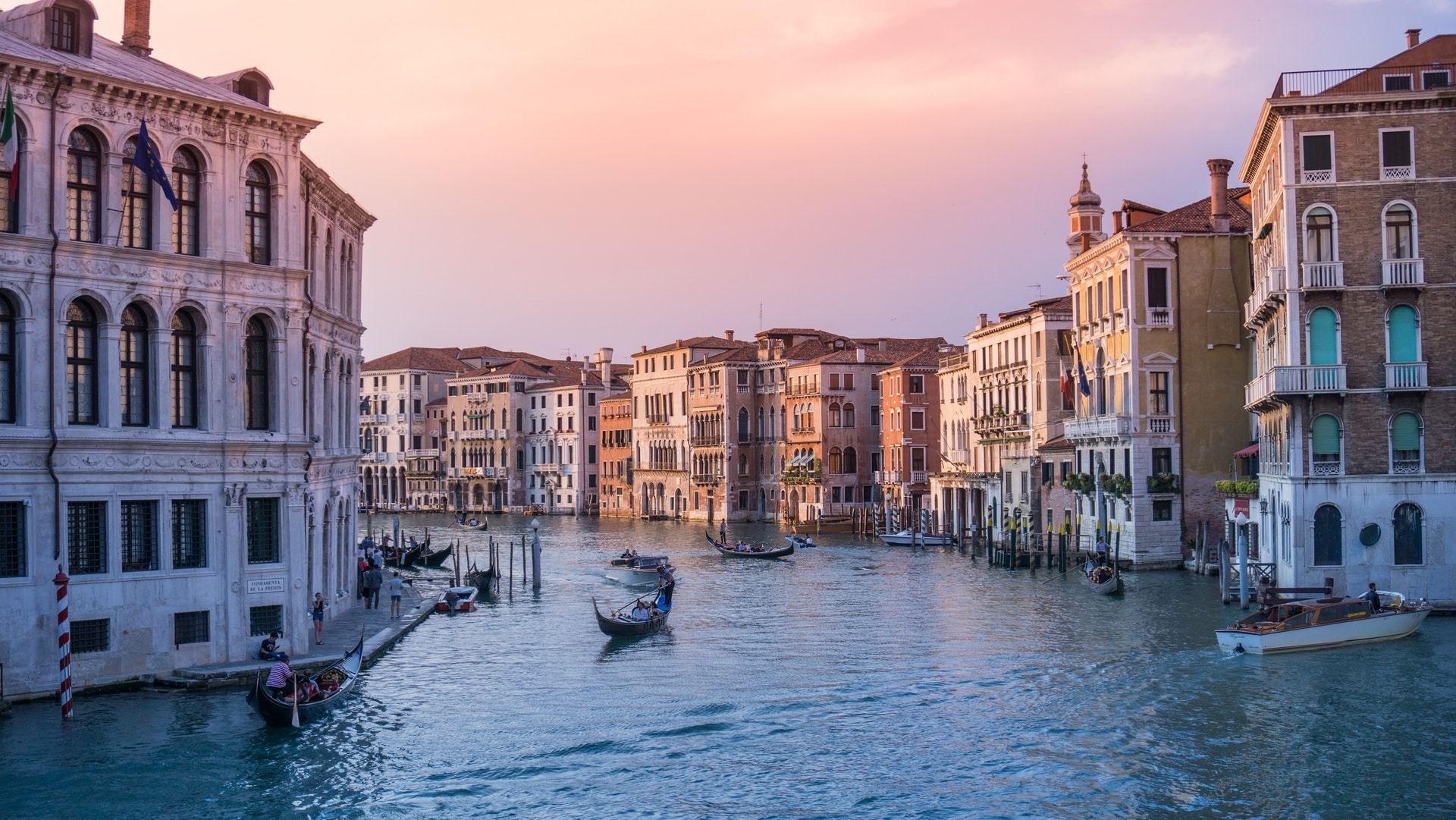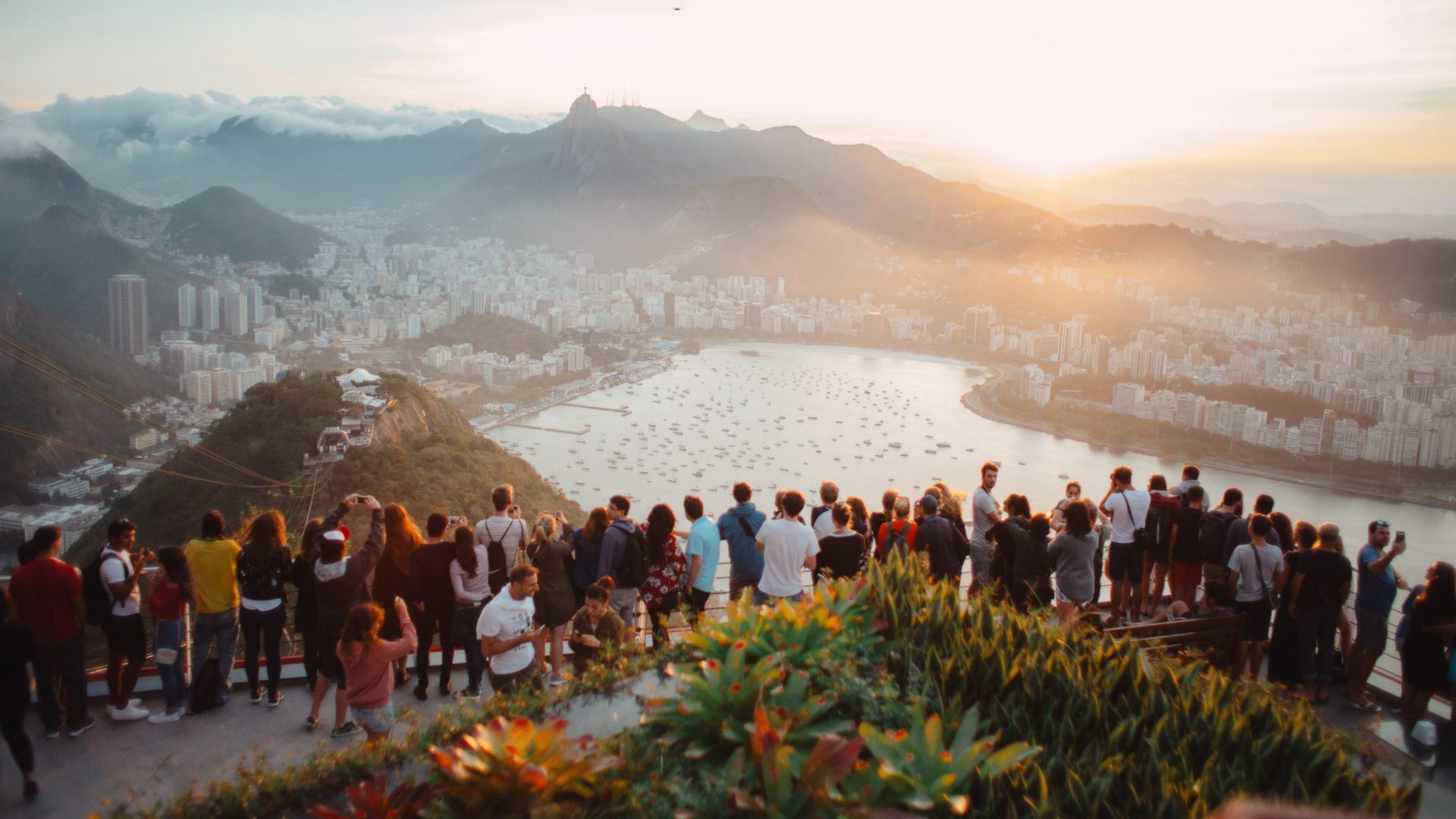
What do the travel industry and the mining industry have in common? More than you might think, according to academic, Vijay Kolinjivadi. In 2021, Kolinjivadi helped coin the term ‘extractive tourism’, and it’s a good summary of everything wrong with modern travel. But the big question is: what can we do about it?
Imagine a historic European city, maybe Venice or Athens or Amsterdam. Picture it in your head. Now imagine that city not as a collection of buildings, or even a place for people to live, but as a mine.
Unlike a traditional mine, the city’s resources sit above the ground. Its wealth is held in museums, galleries, landmarks, natural wonders, local food, fancy hotels—something that, when you mash it together and wrap it in slick marketing, can loosely be defined as ‘culture’. And these days, culture is worth serious money.
“If we think of a mine, the principal aim is to extract the mineral, parsing away all the other components to get that kernel of resource,” says academic Vijay Kolinjivadi. “Extractive tourism is the same. It’s where a resource has been identified at a particular site—a natural feature, a historical building, some kind of uniqueness—and the site becomes all about the extraction of that value, the tourism value.”
‘Extractive tourism’ has often been used to describe tourism that literally takes something from the environment, like fishing or panning for gold. Kolinjivadi helped broaden the term in 2021 to capture the kind of grinding, exploitative overtourism we’ve seen in Thailand, Venice, Amsterdam, Barcelona and dozens of other places around the world. Tourism which, basically, takes more than it gives. It’s been an industry buzzword ever since.
“The idea was to raise attention that tourism could have the same impact as an oil refinery,” Kolinjivadi says. “That kind of analogy can seep into consciousness.”


